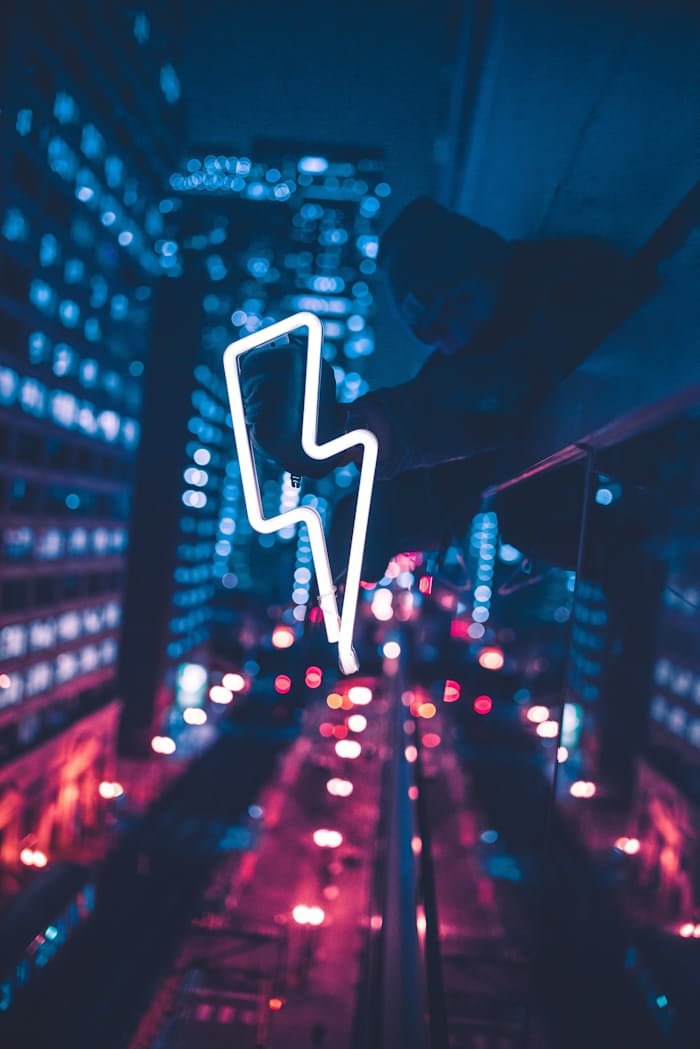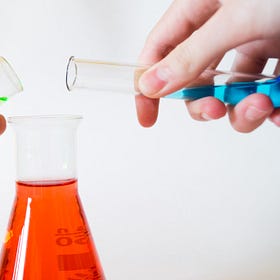Sulforaphane From Broccoli Is Such A Useful Nutrient To Have.
Even if we don't really like the gas that we get from broccoli.
Many people tend to dread the idea of eating cruciferous vegetables. These veggies tend to be loaded with glucosinolates, which can make them taste more bitter and unpalatable, especially for people who are more sensitive to taste.
And of course, we have those fart jokes that are related to the overconsumption of these cruciferous vegetables, because these guys are packed with dietary fibre.
Dietary fibre comprises long chains of cellulose that our body is unable to decompose completely. Some ends of the chains can be broken down into carbon dioxide gas while they traverse our digestive system, but we’d just end up having to expel the gas in the form of a fart.
Though really, we’d be looking at the more important phytonutrients within these vegetables, and one of them is sulforaphane, which is an isothiocyanate compound.
Interestingly, isothiocyanates are a defensive mechanism for the cruciferous vegetables when they get attacked by foreign microbes or insects.
They are highly electrophilic and can pull electrons away from other electron-rich chemicals, which can then disrupt the biochemistry of the foreign microbes or insects and potentially kill them. Electrophilic nutrients are, in layman’s terms, also known as the more common-sounding “antioxidants”.
Of course, in the human body, we do see the issue of an improperly regulated electron transfer causing issues to our health in the form of oxidative stress:
Oxidative Stress Is An Electrochemical Concept That Focuses On An Inappropriate Rate Of Electron Transfer.
The electron is a particle that is responsible for transporting electric currents. Whenever we flick a light switch on at home, we’re connecting up a circuit that allows for the flow of electrons to power up a device that can then convert that electrical energy into light energy, such that our houses get illuminated.
And interestingly, also, that’s where sulforaphane has its part to play.
Because sulforaphane is not just an antioxidant, but it also biochemically stimulates human cellular production of glutathione by upregulating the nuclear respiratory factor 2 (nrf2) pathway in the human cell, which means that it will signal the cells in the human body to produce MORE glutathione.
Which is good — glutathione is an antioxidant in its own right, too.
Hence, some may extrapolate the idea that sulforaphane can help prevent cancer.
Which isn’t necessarily ALL untrue.
The production of more glutathione via the nrf2 pathway can help in reducing the effects of nucleophilic radical damage, as does the consumption of sulforaphane directly aid in eliminating some of those pesky nucleophiles.
Antioxidant Protection In The Body Begins From Within The Cell.
Our body is constantly in a tug of war between reduction and oxidation (redox), which basically comprises multiple reactions where electrons are being transferred from one component to another. We oxidise a component when we remove electrons from it, and we reduce another component when we add electrons onto it.
Because when we’re looking at the mechanism behind how charred foods can cause cancer, we’ll see that it’s not exactly the charred compound that can trigger off the entire sequence of events, but that it is the liver that converts those compounds into nucleophilic epoxides that can destroy and mutate cellular DNA that is the root cause of the issue.
So of course, if we can eliminate those epoxides from reacting with cellular DNA, we can reduce the likelihood of DNA mutation from consuming charred foods (we would not have dealt with other sources such as ultraviolet radiation, for instance).
Do Charred Foods Really Cause Cancer?
I believe that people in most households would have fiddled around with Araldite adhesives before. They’re quite useful for gluing things together. I’ve done that for the soles of my shoes before. But what we do have, in terms of chemistry, would be an
Is sulforaphane on its own enough, though?
Not necessarily — there are many other antioxidants and nrf2 stimulators out there, such as green tea. Sulforaphane on its own isn’t a miracle drug.
We Look At Green Tea As A Fantastic Thing In Our Diet Because...
If you’re East Asian and haven’t heard of green tea, something’s up. Green tea is made from tea leaves that provide a greenish tint to the hot water that they’re steeped in. Many of the commonly known green tea types do contain Japanese names, such as sencha and matcha.
We aren’t looking for miracle drugs or cures — but we’d definitely want to be feeding ourselves with the right nutrients for optimal protection against all these nasty diseases out there, no?
Do feel free to check out what I personally would consume for a better nrf2 support:
Disclaimer: The above link is an affiliate link and I may receive commissions for any purchases made via that link.
Also, do feel free to share this article and hit the “subscribe” button to get more updates about the science concepts in nutrition and health, all deconstructed nicely for your convenient perusal!








